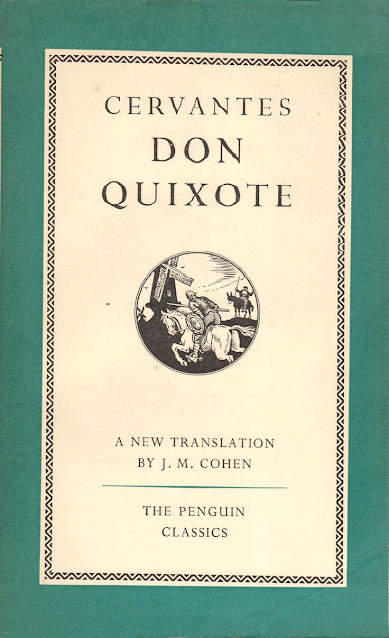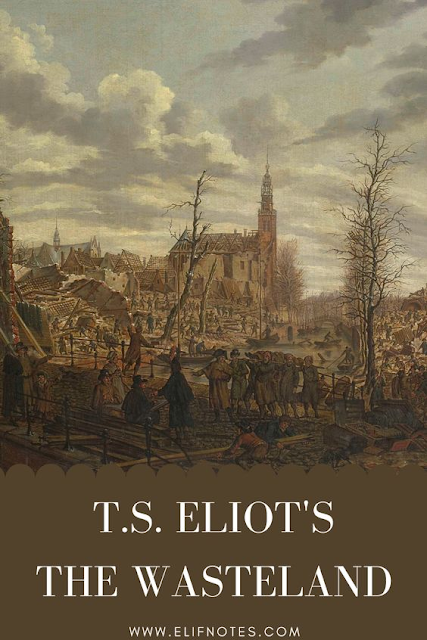Никола Бенин
The stolen Ancient Greek masterpiece from the sculptor Lysippos :
The horse sculptures come from the island of Chios ( the fifth largest of the Greek islands), since four horses and a quadriga (a type of chariot that was also used in the Ancient Olympic Games) was mentioned in the Parastaseis syntomoi chronikai, more commonly called “brief Historical Notes”text dated from the 8th o 9th century. The horses stayed there until 1204, when they were looted by Venetian forces as part of the sack of the capital of the Byzantine Empire in the Fourth Crusade. Interestingly, the collars on the horses necks that you can see in the photos below were added about this time to cover the areas that their necks and heads had been removed to allow then to be transported from Constantinople to Venice.
Soon after the Fourth Crusade, Doge Enrico Dandolo (Doge meaning a civil officer or lay judge in Venice or Genoa) sent the horses to Venice, where they were installed on the terrace of the façade of St. Mark’s Basilica in 1254.
In 1797, Napoleon had the horses forcibly removed from the basilica and carried off to Paris, where they were used in the design of the Arc de Triomphe du Carrousel together with a quadriga.
In 1815 the horses were returned to Venice by Captain Dumaresq, who had fought at the Battle of Waterloo and along with the allied forces in Paris. He was selected, by the Emperor of Austria, to take the horses down from the Arc de Triomphe and return them to their original place at St Mark’s in Venice. For doing an excellent job bringing the horses back to Venice, the Emperor gave him a gold snuff box with his initials in diamonds on the lid.
Until the early 1980s, the horses remained untouched over St. Marks. But with growing air pollution that would make the statues deteriorate quicker, they were removed and brought in side St. Marks and can still be seen inside the basilia. They were replaced with exact copies that can be seen outside.
🔸Откраднатият древногръцки шедьовър от скулптора Лизипос:
Конските скулптури идват от остров Хиос (петият по големина от гръцките острови), тъй като четири коня и квадрига (вид колесница, използвана и в древните олимпийски игри) се споменават в Parastaseis syntomoi chronikai, по-често наречен „кратки исторически бележки“ текст, датиран от 8-ми или 9-ти век. Конете остават там до 1204 г., когато са разграбени от венецианските сили като част от разграбването на столицата на Византийската империя по време на Четвъртия кръстоносен поход. Интересното е, че нашийниците на вратовете на конете, които можете да видите на снимките по-долу, са добавени горе-долу по това време, за да покрият областите, от които вратовете и главите им са били премахнати, за да могат след това да бъдат транспортирани от Константинопол до Венеция.
Скоро след Четвъртия кръстоносен поход, дож Енрико Дандоло (дож означава цивилен служител или съдия във Венеция или Генуа) изпраща конете във Венеция, където те са монтирани на терасата на фасадата на Св. Базиликата Свети Марко през 1254 г.
През 1797 г. Наполеон извежда конете насилствено от базиликата и ги отвежда в Париж, където те са използвани в дизайна на Триумфалната арка дю Карузел заедно с квадрига.
През 1815 г. конете са върнати във Венеция от капитан Дюмареск, който се е бил в битката при Ватерло и заедно със съюзническите сили в Париж. Той беше избран от императора на Австрия да свали конете от Триумфалната арка и да ги върне на първоначалното им място в Сан Марко във Венеция. Заради отличната работа при връщането на конете във Венеция, императорът му подарява златна кутия за емфие с неговите инициали в диаманти на капака.
До началото на 80-те години конете остават недокоснати над Св. марки. Но с нарастващото замърсяване на въздуха, което би накарало статуите да се развалят по-бързо, те бяха премахнати и пренесени в страната на St. Знаци и все още могат да се видят вътре в базилията. Подменени са с точни копия, които могат да се видят отвън.















